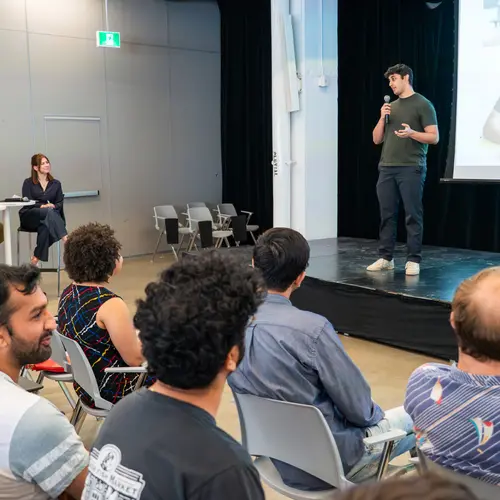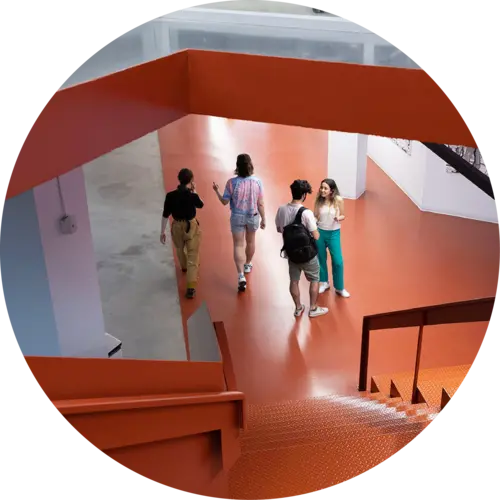
Emmanuel Bengio
Associate Industry Member
Staff Machine Learning Scientist, Recursion
Research Topics
Deep Learning
Generative Models
GFlowNets
Molecular Modeling
Reinforcement Learning
Biography
Emmanuel Bengio is an ML Scientist at Valence Labs/Recursion, working on the intersection of GFlowNets and drug discovery. He did his PhD under Joelle Pineau and Doina Precup at McGill/Mila - Quebec Artificial Intelligence Institute, focusing on understanding generalization in deep RL.


